three countries of Latin America They have been in the sights of companies and governments around the world for a few years. They have something scarce and very valuable for the future of energy.
Like gold and silver, lithium stirs dreams of wealth and prosperity across the continent.
LOOK: How the historic devaluation of the peso against the dollar in Colombia is explained (and why it goes beyond President Petro)
white gold in the deserts and salt flats of Argentina, Chile and Bolivia.
With the lightest of metals – so light that it can float on water – lithium batteries are made for electric cars and almost any electronic device.
“These 3 countries contain between 60% and 80% of world reserves of this ore. Although in each of them the story is very different,” Ernesto Picco, full-time professor and researcher at the National University of Santiago del Estero (UNSE), in Argentina, says in this interview with BBC Mundo.
To find out what transformation is taking place, Picco embarked on a journey to the bowels of the desert and recounts it in his book “Lithium Chronicles: South America in dispute over the future of global energy“.
“The price of lithium worldwide has multiplied by 18 in the last 10 years,” he says, supporting the global interest in its extraction.
Precisely because of its price and how cheap it is to extract it in Latin America thanks to the low cost of labor, low taxation for companies and the relaxation of environmental lawsmany companies from the United States, Australia, Canada or South Korea already operate in the Latin American salt flats.
But there is a risk, says Picco, and it is none other than that of “going to a movie that we have already seen in the past” and repeating the same mistakes, he says, referring to the natural resource extractivism in Latin America that fueled the growth of the economies of the northern hemisphere leaving little profit in the south.

These development models in Latin American countries based on exploitation and export of raw materialswithout added value, has repercussions on politics and society, but also on the ecosystems and communities that live around it.
“The true potential of this mineral, which until recently was extracted from the desert without much pomp, was uncovered in the 21st century. But there are already scientists and social organizations that warn that this economic transformation is a fantasy. Or, in the worst case, that it may be true at the cost of environmental and social disaster,” he explains.
The Argentine journalist and researcher spoke with BBC Mundo within the framework of the Hay Festival Arequipa.
_______________________________
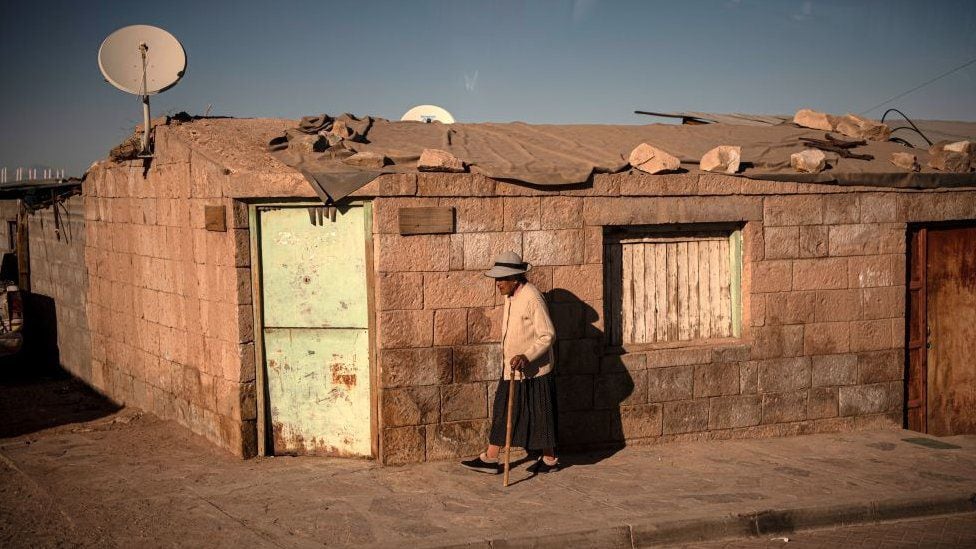
What is the “lithium triangle”?
It is a way of naming the region that includes the north of Argentina, the north of Chile and the south of Bolivia.
Beyond political boundaries, it is a very similar area geographically, demographically and culturally.
There is not much difference between the Atacameños of northern Argentina and northern Chile, for example.
They are all populations that have been, they say, living there for 4,000 years.
They are areas with a mainly desert geography, where families live very isolated from each other and subsist through grazing.
Some live on salt or animal husbandry.
We are talking about places where large companies and lithium extraction plants are beginning to arrive.
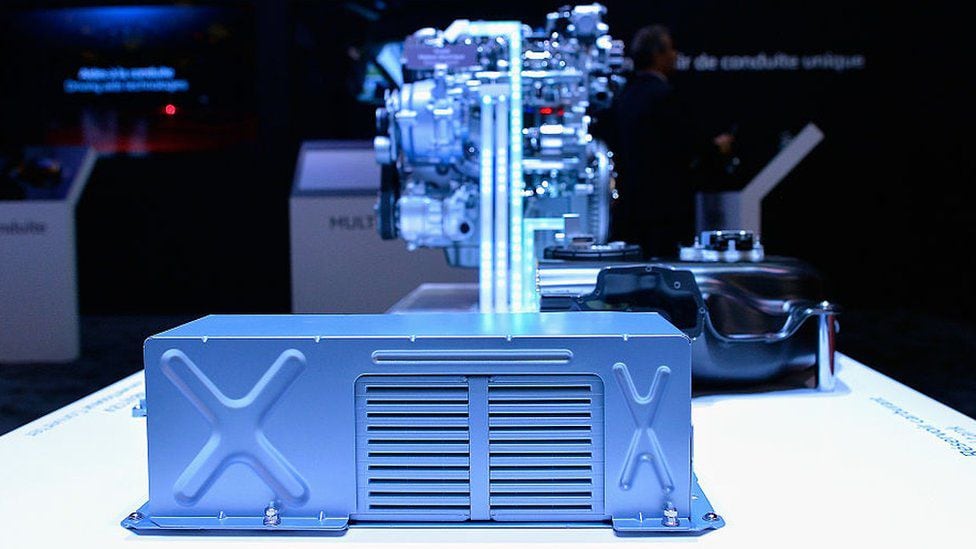
What chemical processes are used to extract lithium?
What the companies do is drill into the crust of the salt flats, pump the brine – which is groundwater – and pour it into pools that have square kilometers of surface.
This is left to evaporate in the sun and, once it evaporates, a series of minerals and metals remain in the sediment that are processed in chemical plants.
From there, lithium carbonate or another of its variants is extracted.
What did you find when you got there?
One of the things that surprised me the most is that the plants are reaching very isolated places, where they are not seen.
They are remote places, not very accessible, where it is easy for what is happening to go unnoticed.
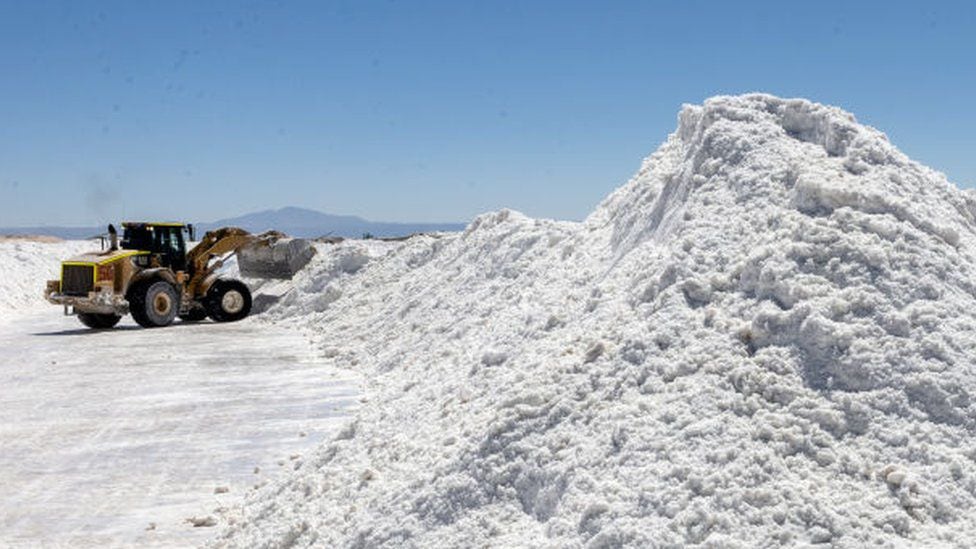
And what is happening?
The communities are denouncing a problem of vegas (fertile land) that are drying up, of polluted rivers…
For example, the impact on the air or on the ground of the residues that accumulate next to the extraction plants is not known.
There are studies in Chile on how this has impacted the fauna.
Everything indicates that the environmental impact is strong and to the extent that the number of companies that arrive begin to multiply, which is what is apparently going to happen in the next five or six years, the impact is surely going to be much greater compared to an economic benefit that will have to be seen if it is justified.

What caught your attention the most on your trip?
The different way in which the three countries -Argentina, Bolivia and Chile- have managed the situation of finding themselves with a strategic natural resource at a global level.
Bolivia has tried to move forward with a nationalization strategy.
Argentina’s model is much more linked to the legal framework of the 1990s, where provinces and federal states compete with each other for the arrival of companies offering better benefits and facilities.
And Chile with one more pendular thing.
It began with a more private stage with a pure and hard sense of business and now -with the new government of Gabriel Borich- it is trying to create a state company.
In other words, the framework is very different in these three countries, where the geography is very similar, the cultures are very similar, but the politics have many nuances.
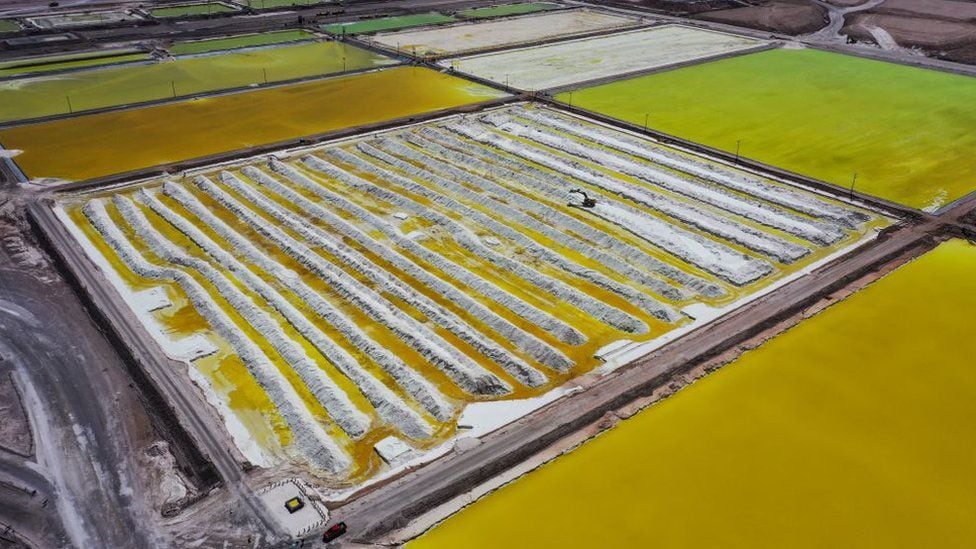
Do you think one option is better than the other?
We will actually know that over time and it depends on the perspective from which we see it.
If one thinks about the possibility of industrializing and moving up the value chain, Bolivia’s bet is a long-term bet that obviously has not paid off immediately.
Because the level of production has been lower and it has had more difficulties to advance, but perhaps in the future it will find itself with sovereign control of its resources and with benefits that are for the country in a more general way.
In the case of Argentina, we have been here since the 1990s, at least with a pure and simple extractivist scheme, which leaves very meager benefits for the country.
Now the situation begins to change.
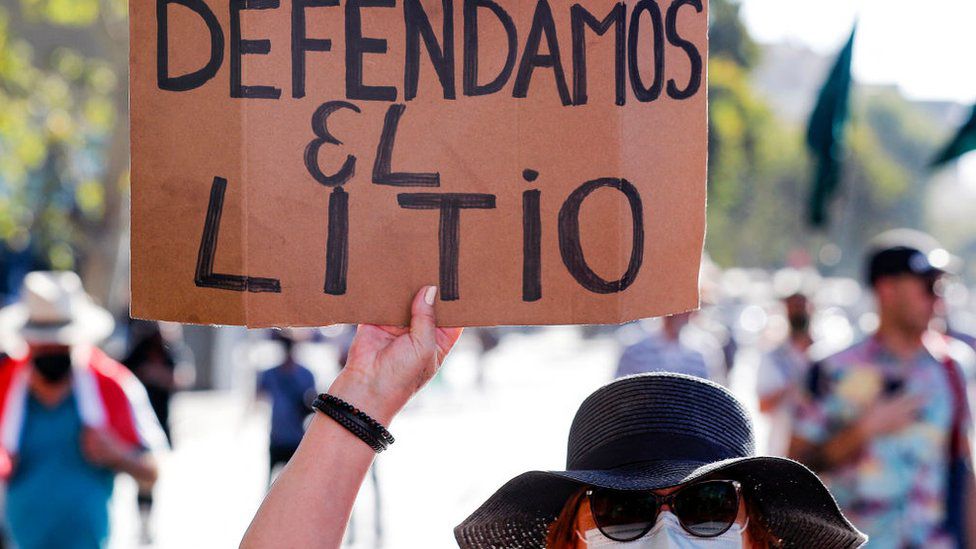
How?
Between the end of last year and the beginning of this one, what was called the National Lithium Board began to form, where the three provinces articulated with the national government are beginning to unite -instead of competing with each other- to generate greater benefits and strategic progress.
I think that in Latin America a different process is beginning to move up the value chain.
For example manufacturing batteries.
That already implies at least a positioning and shows that we want to be something more than mere exporters of natural resources because as one advances the profit multiplies and the country obtains greater benefits.
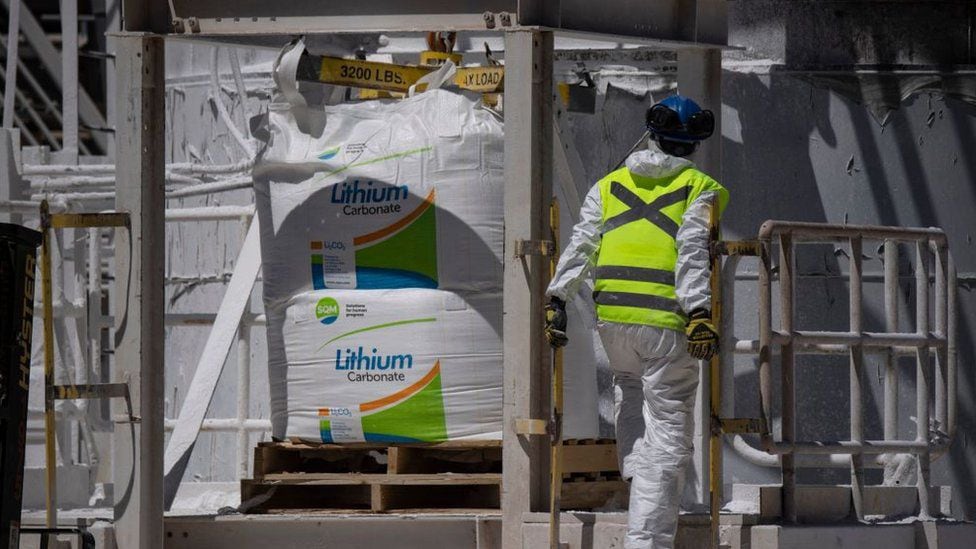
In your book you state that what is extracted, for example, in the Salar del Hombre Muerto in Argentina, is processed in plants in the United States or China. Has Latin America once again fallen into the trap of selling its mineral wealth without participating much in the value chain, which is what leaves more money behind?
That is the big risk.
The increase in demand will attract companies from the United States, China, Canada, Australia or South Korea.
On the one hand you are going to have a tremendous environmental impact and on the other you are going to have an increase in the situation of extractivism.
If Argentina had not decided to stop being just a provider of natural resources and start industrializing them, we would clearly be witnessing an old movie repeated in the front row.
That of being the eternal providers of natural resources that continue to be impoverished and that ecosystems continue to be sacrificed at the expense of the northern hemisphere in exchange for a few coins.
But in this film there is a singularity and it is that this time it is done in the name of the environment.
Lithium is mined in the name of a greener future to outpace the use of fossil fuels.
But it seems that there is a right to the environment in the north, which in the southern hemisphere is expendable.
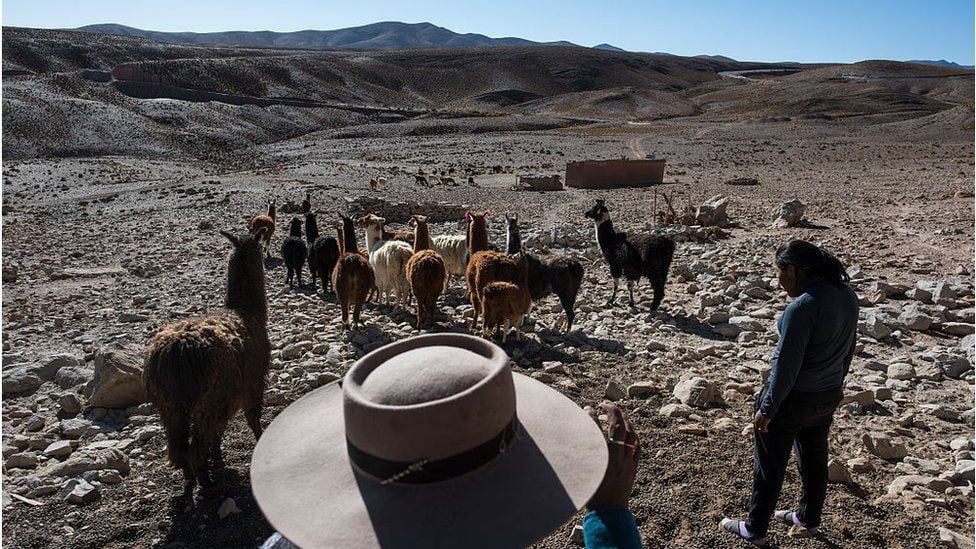
Who controls this business in Latin America?
Fundamentally foreign capital and its companies.
There are communities that reject their arrival and others that accept them in exchange for a series of benefits such as the construction of roads, schools or the creation of jobs.
Does it seem that companies have replaced the functions of the state?
Exactly. It is one of the ways that companies have to enter.
Everything that is happening shows the problems that the State has in responding to the needs of the communities.
The northern provinces, at least in the Argentine case, are historically the most impoverished provinces in the country.
And then these companies come to respond to that and fill the void left by the State.

Is lithium transforming Latin American societies?
They are transforming. What we do not know if for better or for worse.
But we are clearly talking about historically isolated and abandoned communities and territories, which are suddenly in the public eye due to their existence and increased demand for lithium.
The price of lithium worldwide has multiplied by 18 in the last 10 years.
This implies that the increase in demand makes all these companies interested in extracting it.
That is already a transformation.
This article is part of the digital version of the Hay Festival Arequipa, a meeting of writers and thinkers that takes place in that Peruvian city between November 3 and 6.
Follow all the information related to the Hay Festival in this link
Source: Elcomercio
I, Ronald Payne, am a journalist and author who dedicated his life to telling the stories that need to be said. I have over 7 years of experience as a reporter and editor, covering everything from politics to business to crime.

:quality(75)/cloudfront-us-east-1.images.arcpublishing.com/elcomercio/X3IV2TX5NZD6FD75GENPJFSTJY.webp)




:quality(75)/cloudfront-us-east-1.images.arcpublishing.com/elcomercio/2RSB7ULP6VARDIE2VSEV5IG2EY.jpg)
